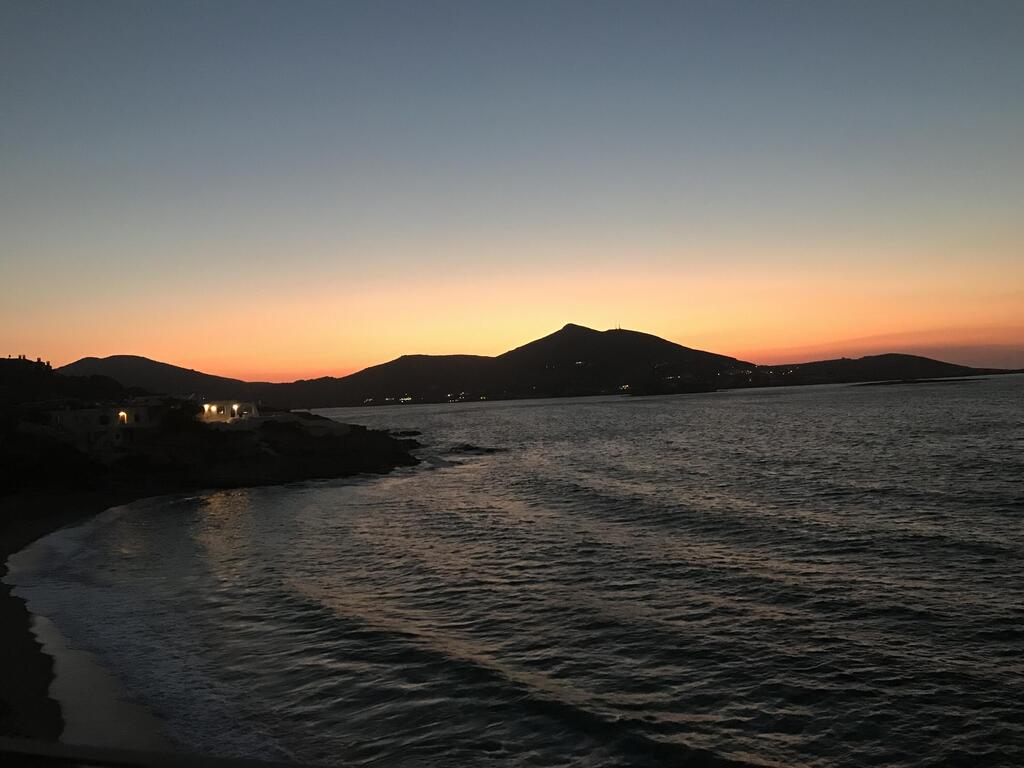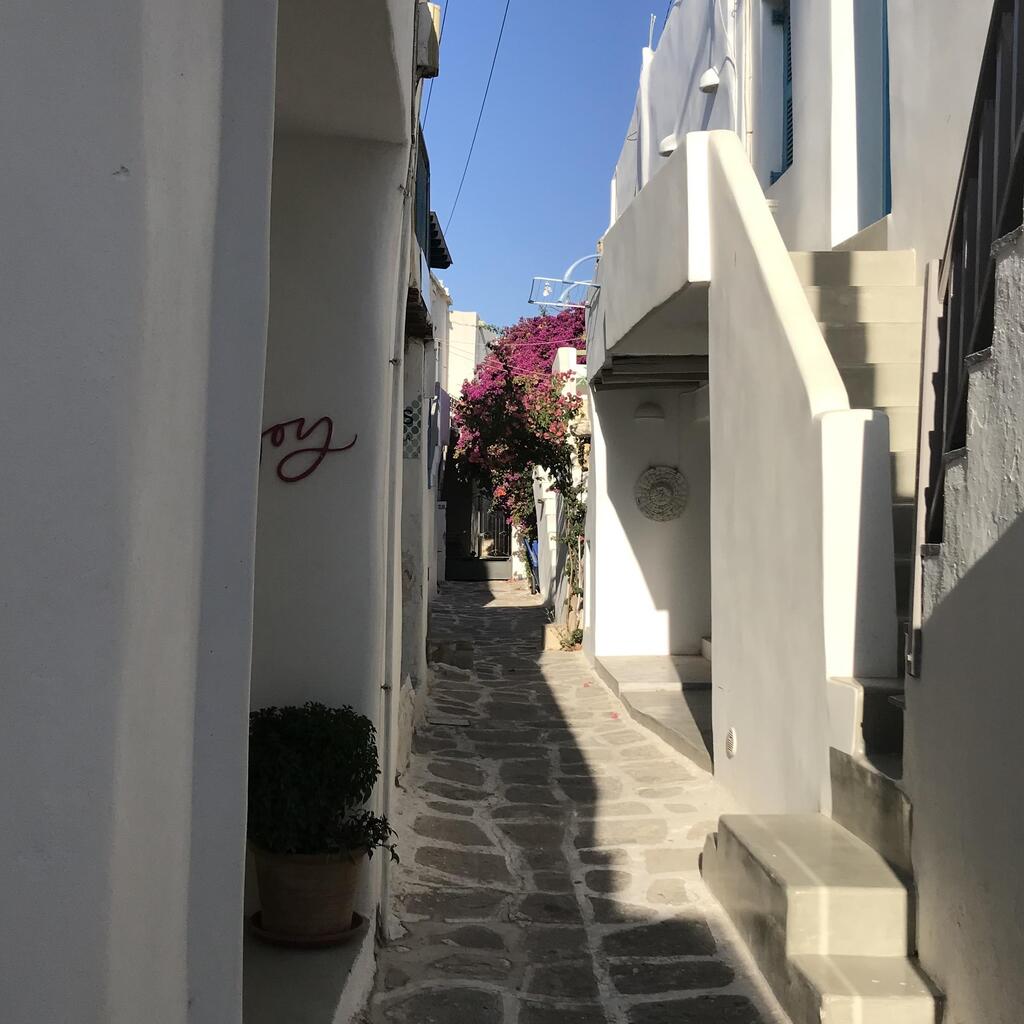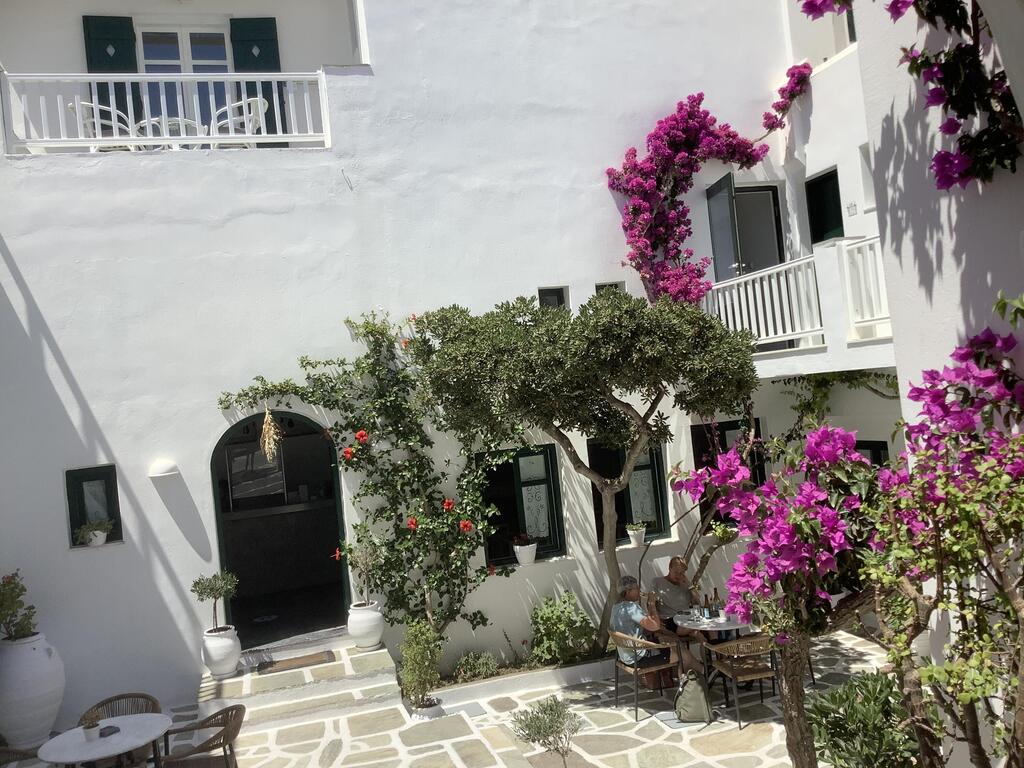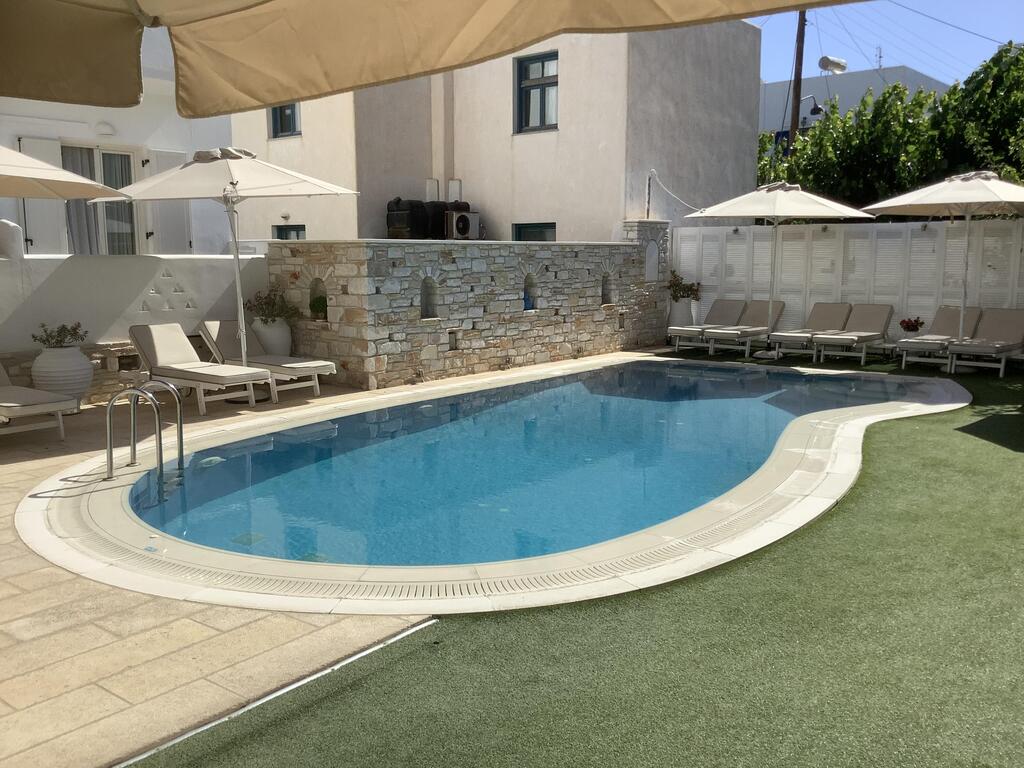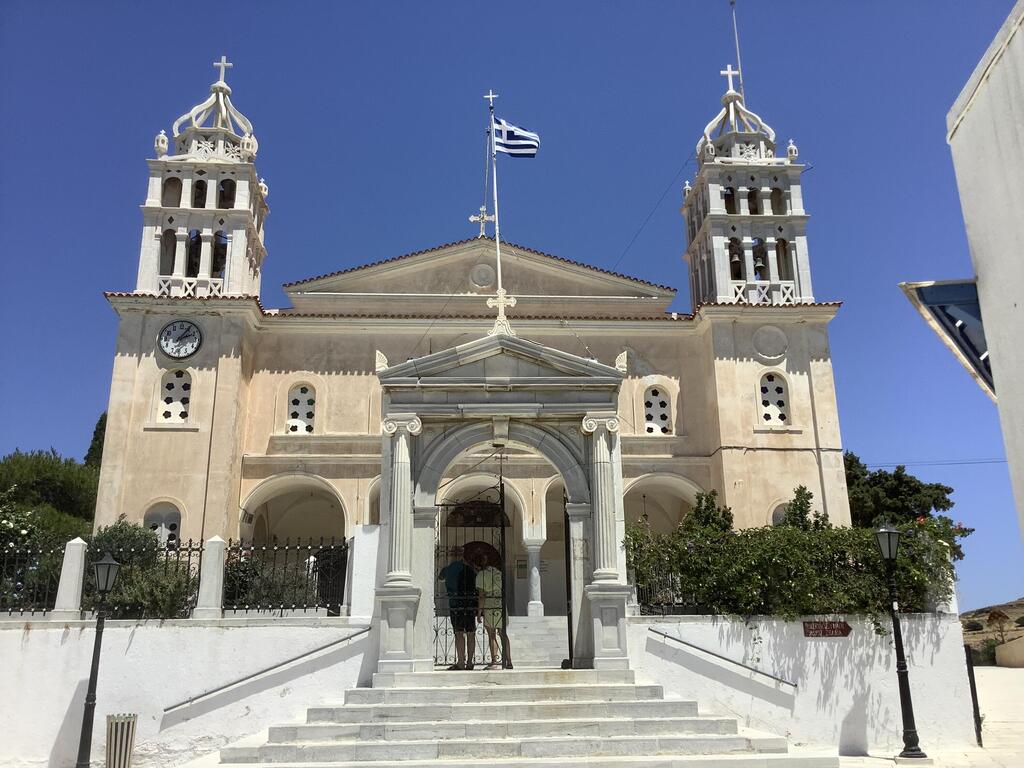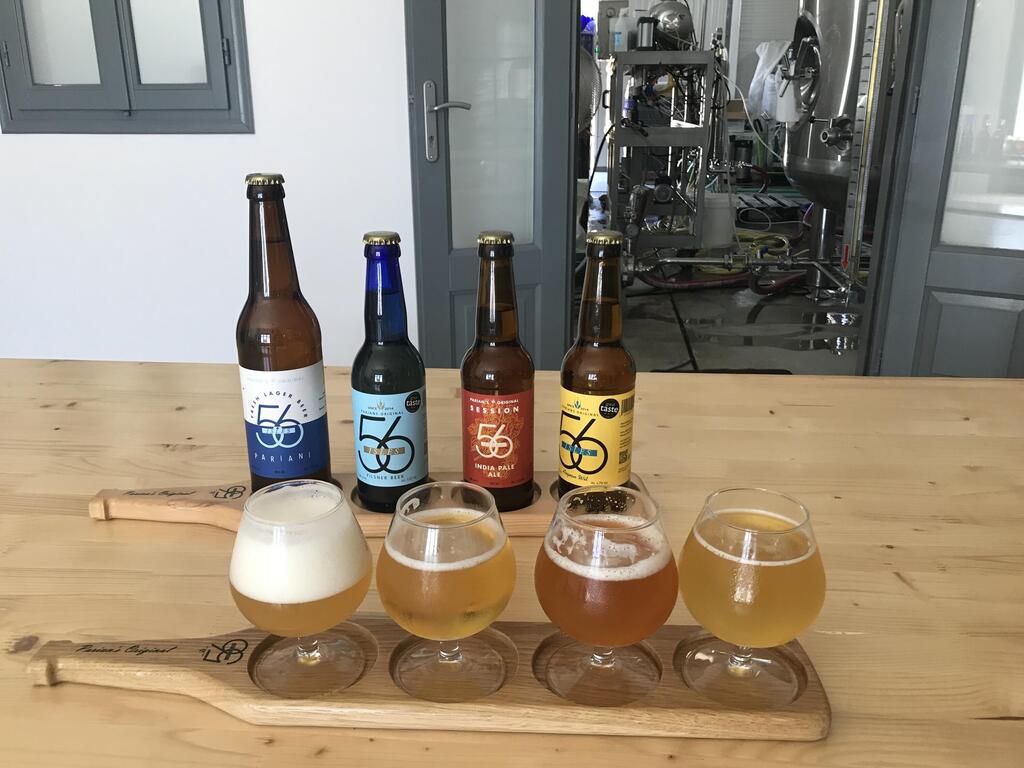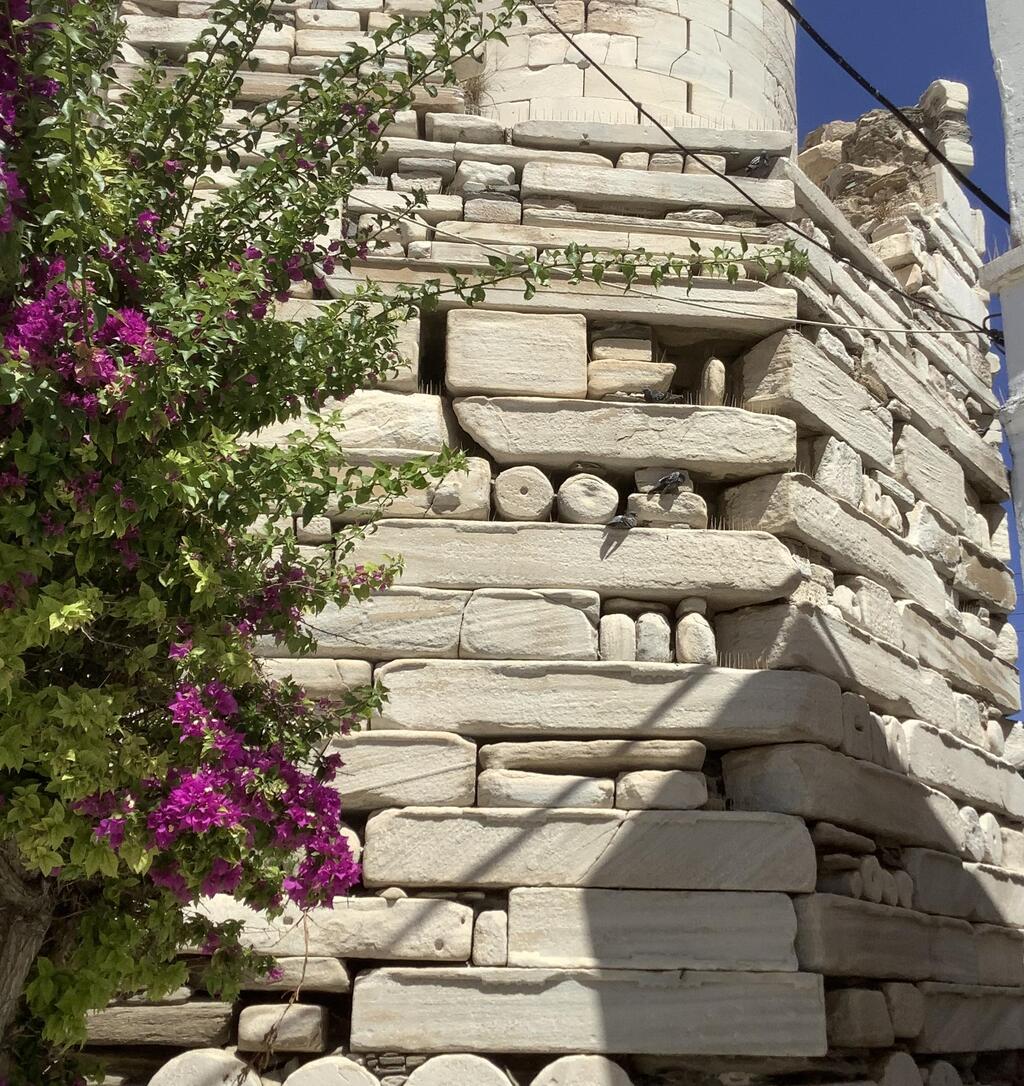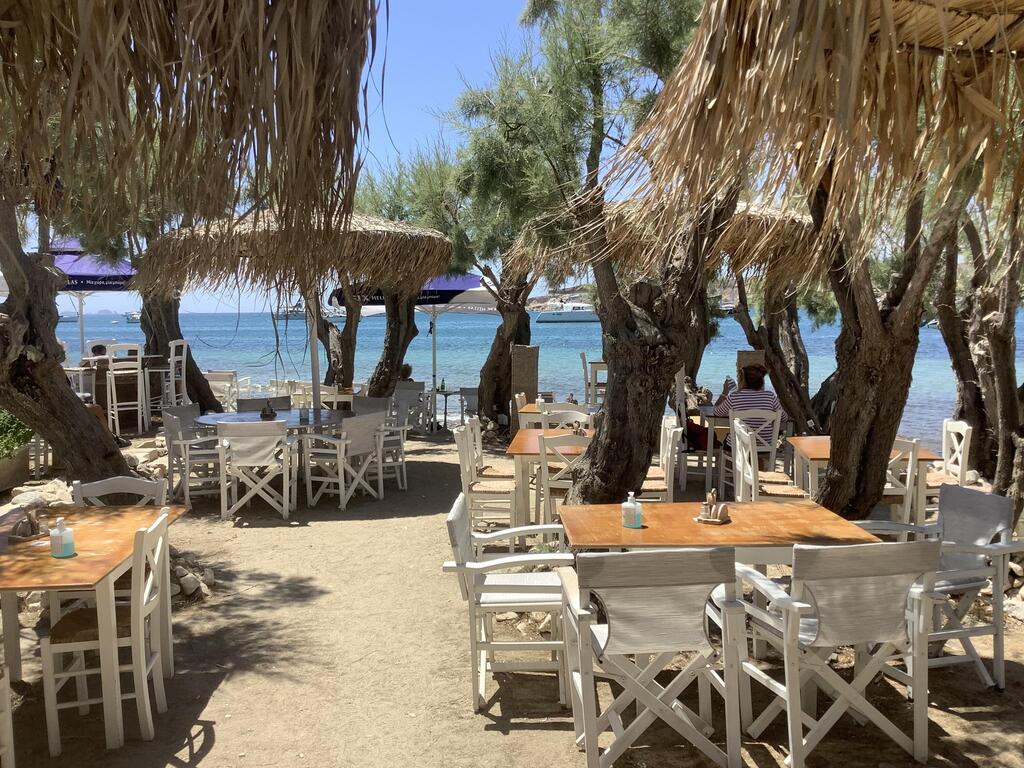The Greek islands are just about everyone’s idea of an idyllic vacation, and the fact that they are so close by are just the icing on the cake.
There are literally hundreds to choose from, spread geographically from the closest (e.g, Kos, Rhodes) in the eastern Mediterranean, to the furthest, in the Ionian Sea on Greece’s west coast (such as Corfu).
In between, and most easily accessed from Athens, are the many islands of the Aegean, including those with familiar names like Mykonos and Santorini.
Many of the islands in the Aegean Sea (including the aforementioned two) belong to group known as the Cyclades, and one in particular is becoming more familiar to Israelis: Paros. This neighbor of slightly larger Naxos is conveniently located just three hours from the Athenian port of Piraeus via non-stop high-speed ferry, or less than one hour by plane.
The vast majority of visitors to Paros stay in one of the island’s two main cities: Parikia, the capital (and ferry port), and/or Naoussa, a colorful town whose narrow smooth-stone-paved streets and alleys are lined with tasteful shops and eateries. They are linked by convenient bus service, but are also close enough to each other that taxi fare is reasonable.
Exploring the rest of the island is best done by rental car, but be aware that finding one with automatic transmission is not an easy task – and easily double the cost of a manual vehicle. While both Parikia and Naoussa have their own modest beaches, the best beaches – and certainly the ones offering the most watersports – are accessible only by car or taxi.
Accommodation
Paros is not one of those destinations characterized by either luxurious five-star hotels or large all-inclusives. Rather, the vast majority of hotels on the island fall in the three-star category, and are geared to couples or small families, with rates that won’t break the bank.
Still, there are plenty of comfortable options, and we were hosted by two that fit this description: the Hotel Kalypso in Naoussa, and Hotel Anna Platanou in Parikia. While both offer similar facilities and room amenities, they are actually very different properties.
Kalypso is a sizable seafront property, with a welcoming, bougainvillea-draped entrance to its dazzlingly whitewashed premises – the uniform hallmark of homes, hotels, churches and just about all buildings in the Cyclades. While the hotel does not have a pool, it does have a practically private section of beach.
And a pleasant al fresco seating area near the water in which to enjoy the complimentary breakfast buffet.
Kalypso offers a range of accommodation options – from hotel rooms to apartments to villas – away from the downtown and harborfront concentration of shops and restaurants, but still in walking distance to the urban action.
In contrast, Hotel Anna Platanou is in the heart of Parikia, just steps from the central square as well as the seemingly endless row of eateries whose front patios look out over the infinite Aegean. Yet the property retains a resort feel, thanks to the lovely swimming pool in the rear, alongside which the daily complimentary breakfast is served.
The hotel is also convenient to the historic center of the seat of the island’s government: the 1500-year-old Byzantine church, cloister and museum Panagia Ekatontapiliani; the intriguing and eclectic Venetian tower; and the small but impressive archaeological museum.
Gastronomy
Overlooking the Gulf of Naoussa, and set apart from the row of eateries between the city and the port, is Deck Restaurant, the fine dining establishment where we began our culinary discovery of the island. We arrived – after a pleasant walk through the enchanting streets and alleys of Naoussa, with the village’s lovely contrast of black stone paving with gleaming whitewashed edifices – at just the right time: to enjoy a magnificent sunset over the bay.
Deck was founded only one year ago, with one of Athens’ top chefs — Yiannis Lucacos — brought in to helm the kitchen. (We shall meet Chef Lucacos again, in part two of our culinary adventures in Greece.)
While Chef Lucacos continues to curate the menu, Chef Nikolaos Galatsanos is now in charge – and it is hard to imagine how anyone could do a better job. The talented young chef’s interpretation of Cycladic cuisine was the best introduction we could have imagined to the gustatory delights of the island – beginning with the inspired butter, honey and graviera cheese spread on the freshly baked country bread, and proceeding to the stunningly presented beet and burrata salad, the succulent hazelnut-encrusted scallops avgolemono and the delectable sea bass carpaccio.
Any premonitions we may have entertained that an island so laid back could not possibly be the home of world-class cuisine were quickly put to rest. And this was only day one of our all-too-brief stay.
The next morning we set out to explore the island by car, following an itinerary that would combine gastronomy with history and natural beauty. Our personal guide was the amiable and knowledgeable Eleni Tripolitsioti, the head of Paros tourism, whose polished English reflected her higher education in Great Britain.
The highlight of the day from a sightseeing point of view was the charming mountain village of Lefkes, the ancient capital of Paros. From its picturesque, winding streets, one catches glimpses of the ancient Byzantine road from Lefkes to the sea, a trail that just begs to be hiked.
The next stop along that trail is the equally enchanting hamlet of Prodromos, home to the award-winning rural taverna Tsitsanis, which has been a Paros institution for more than half a century. It is in the garden courtyard of this family-owned country restaurant that one may savor the most authentic versions of local dishes: revitada, a chickpea stew that elevates the common legume to a rare treat; piles of delicious beef kefte (patties) and zucchini fritters; braised beans with artichokes, and much more. This is a place where one comes for a meal and stays for a feast.
Our day-long excursion was punctuated by a number of refreshing stops: two wineries – Moraitis, the island’s most famous, and Asteras, a promising newcomer – 56 Isles Microbrewery, the only one on Paros brewing craft beer, and Keros, a new enterprise specializing in creating true gourmet delicacies from the agricultural bounty that grows locally.
In the afternoon, we visited sandy Golden Beach, a prime spot for sunbathing and swimming, as well as enjoying some of the many watersports for which Paros is famous – especially kitesurfing, windsurfing, and even SCUBA diving.
Our third day on the island was spent strolling around Parikia, taking in the major attractions, including the impressive Church of Ekatontapiliani (a hundred gates), the compact archaeological museum and grounds, and the Venetian tower – a remnant of the ancient empire that is guaranteed to be one of the most unusual watchtowers you will ever see anywhere.
Before catching our fast ferry back to Athens, we managed to squeeze in a final culinary experience, this time at Ephessus, a waterfront restaurant in the capital that specializes in the cuisine of Asia Minor, the Mediterranean neighbor of the Cyclades. In a relaxing atmosphere at a table close enough to hear the gentle lapping of the waves, we dined on the flagship dish – manti, a type of kebab-filled ravioli that is both boiled and baked before being smothered in a yogurt sauce seasoned with sumac.
Naturally, however, we could not leave Paros without sampling one last time the fresh fish and seafood for which the island is famous – in this instance, grilled octopus with yellow pepper. Thus, we bid farewell to this captivating island with the lingering taste of one final repast to remember.


